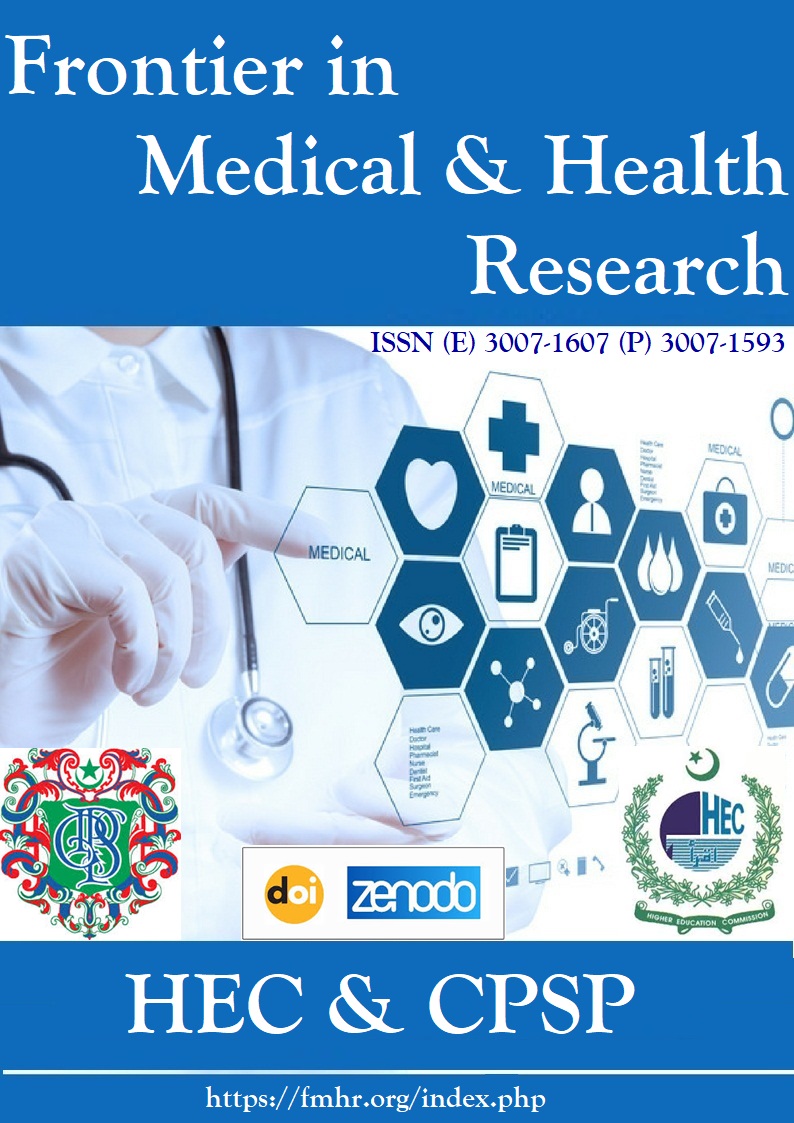Abstract
BACKGROUND AND OBJECTIVE: Prolonged use of digital devices has led to a rise in asthenopia, commonly known as digital eye strain, characterized by visual discomfort and fatigue. This study explores the prevalence of muscular asthenopia and its impact on the quality of life among Allied Health Sciences students at Sarhad University of Science and Information Technology, Peshawar, in relation to excessive mobile phone use.
METHODOLOGY: A descriptive cross-sectional study was conducted using non-probability convenience sampling. Data were collected from 351 undergraduate students aged between 18 and 28 years through the ASQ-17 (Asthenopia Survey Questionnaire. Statistical analysis of the collected data was performed using SPSS Version 20.
RESULTS: Statistical analysis found that among 351 participants, 74.9% were male, and the average age was 20.87 years. A majority of students (89.7%) used Android phones, and 53.8% reported using their mobile phones for 4 to 6 hours daily. Muscular asthenopia was diagnosed in 51.3% of the students. Commonly reported symptoms included eye discomfort, dryness, and concentration difficulties. Extended screen time and a lack of awareness about eye health were found to be major contributing factors. These findings align with global research linking excessive mobile phone use to both visual and cognitive strain.
CONCLUSION: The study concludes that muscular asthenopia is common among university students due to prolonged mobile phone use. To address this issue, preventive education, limiting screen time, and promoting eye care strategies such as the 20-20-20 rule are essential for protecting visual health and supporting academic performance.
